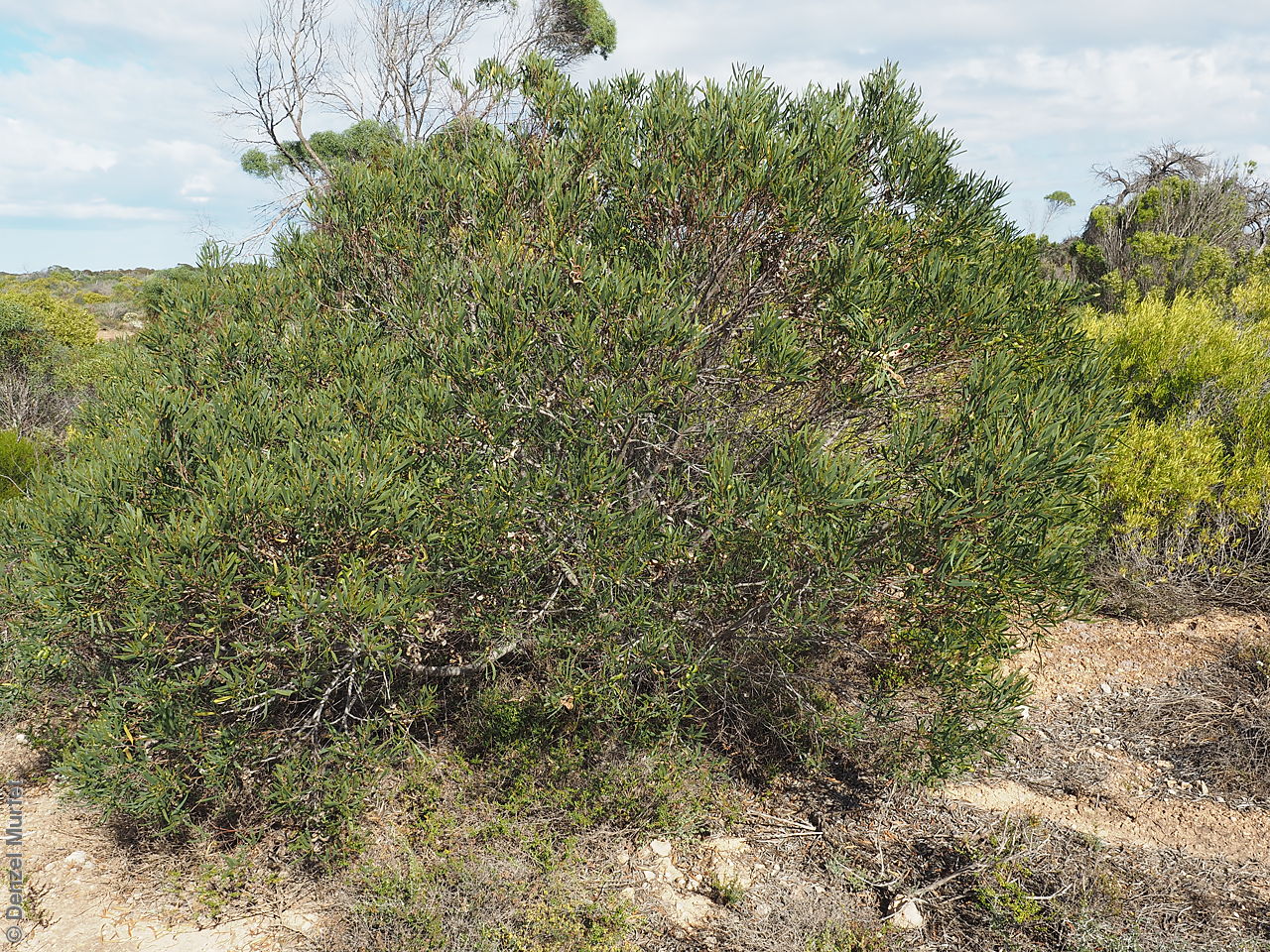

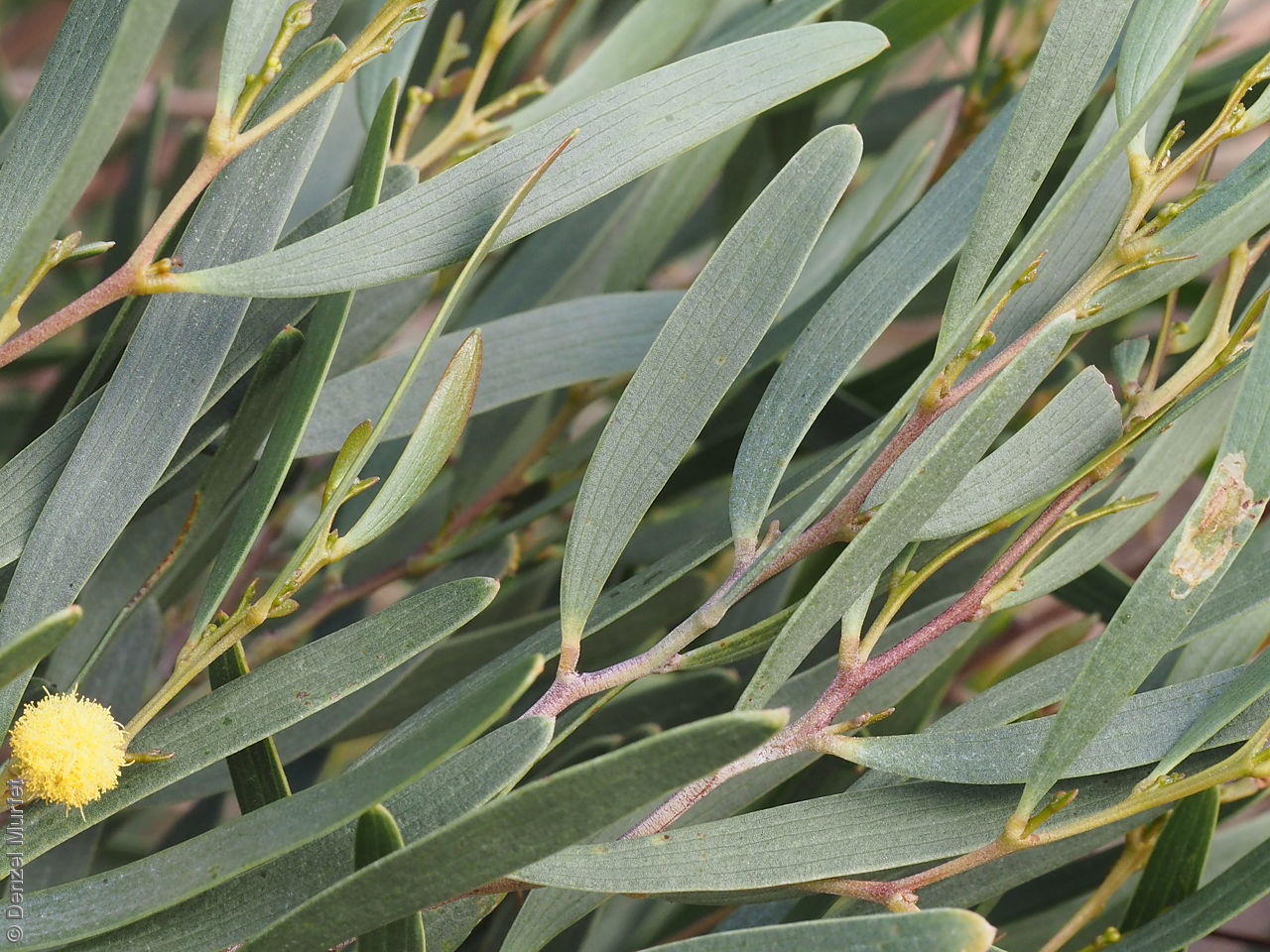
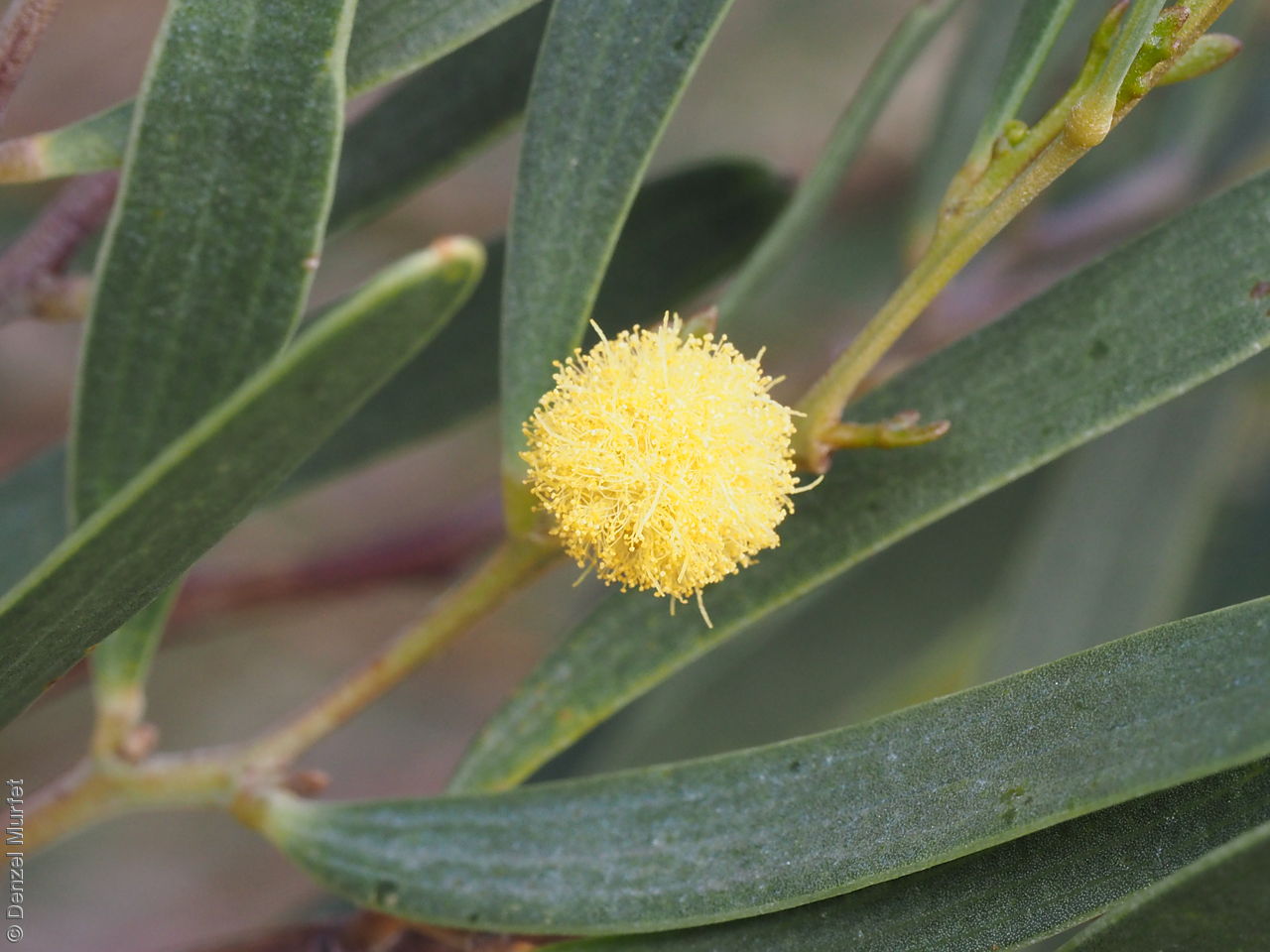
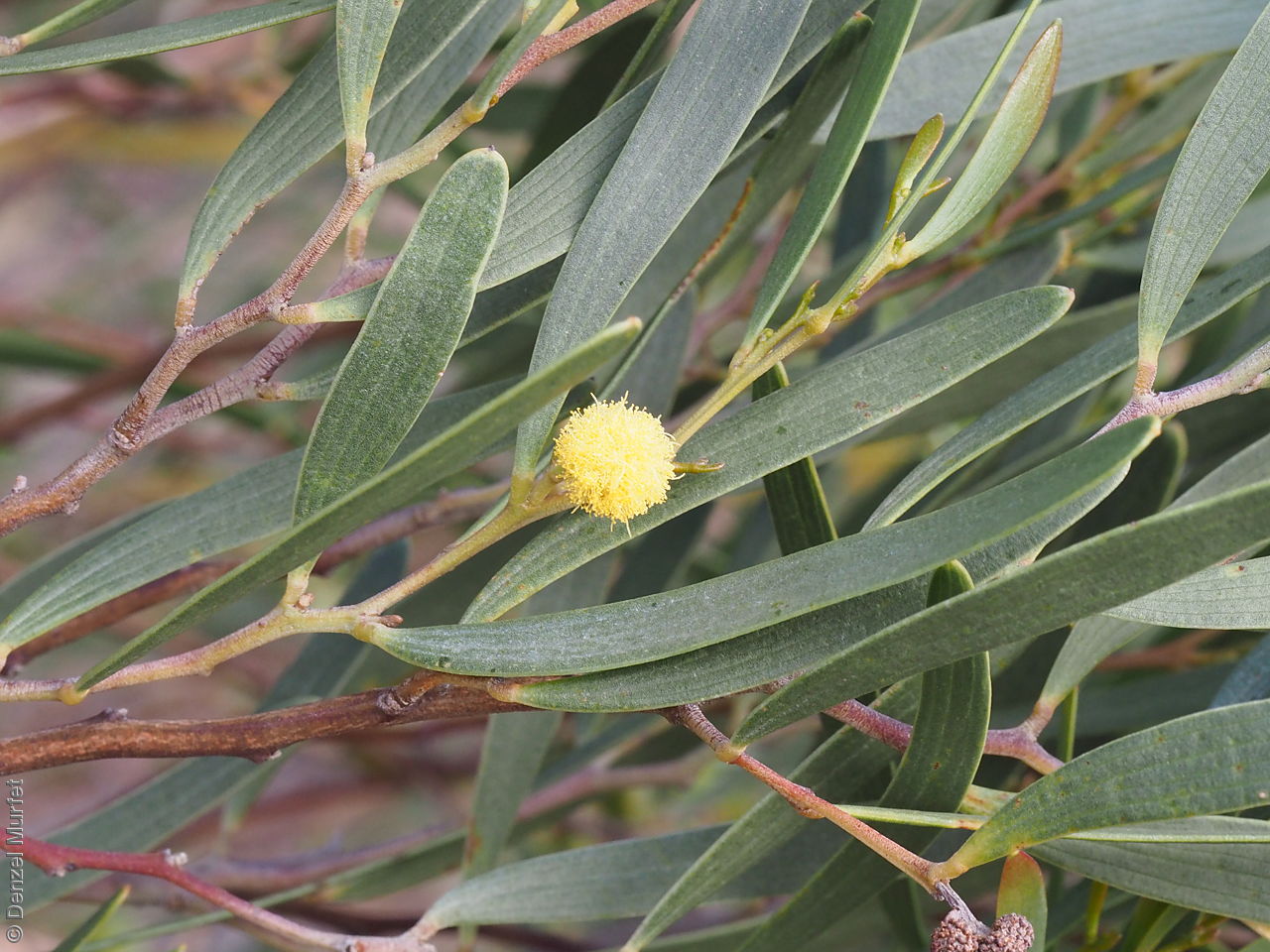
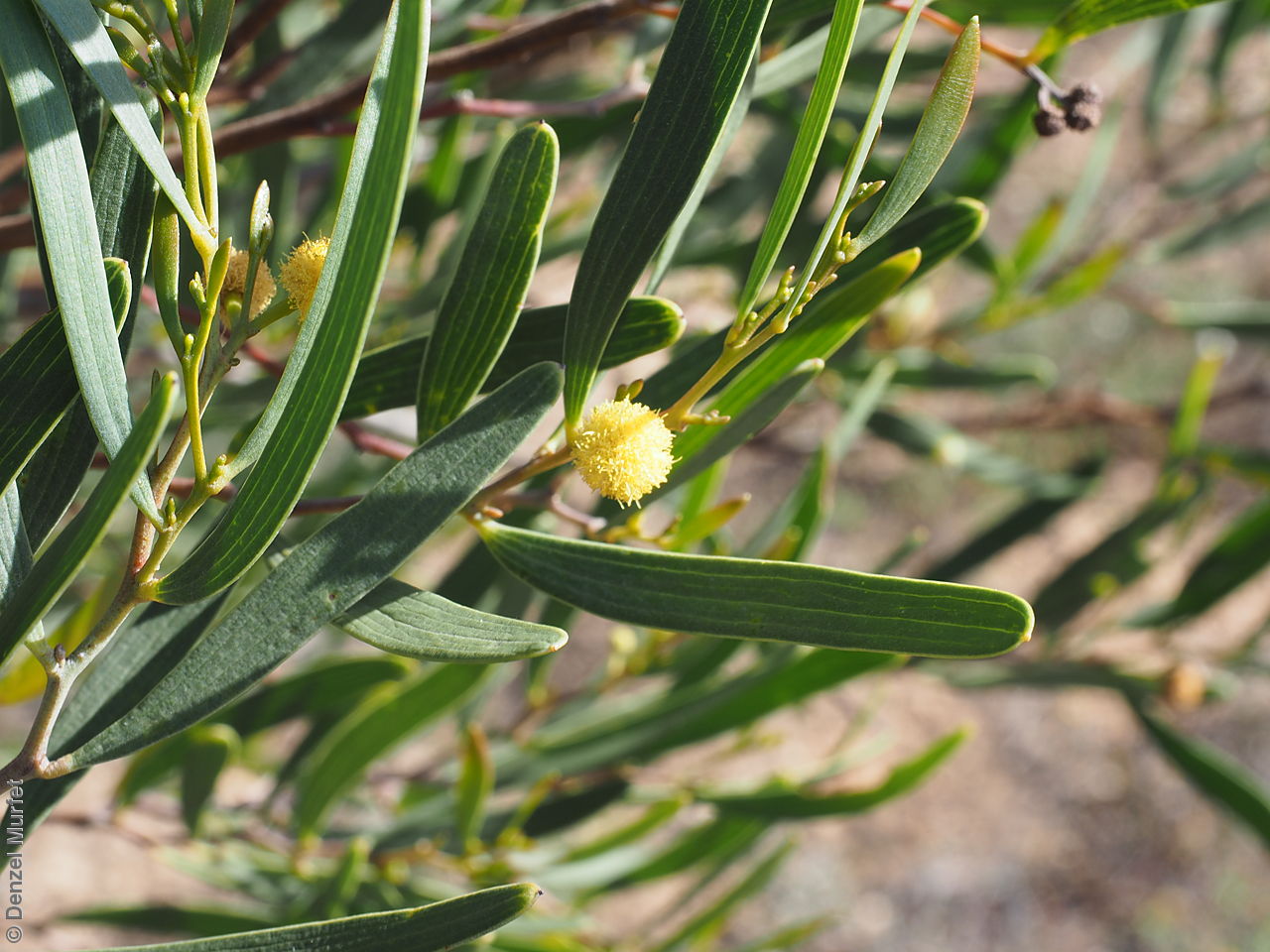
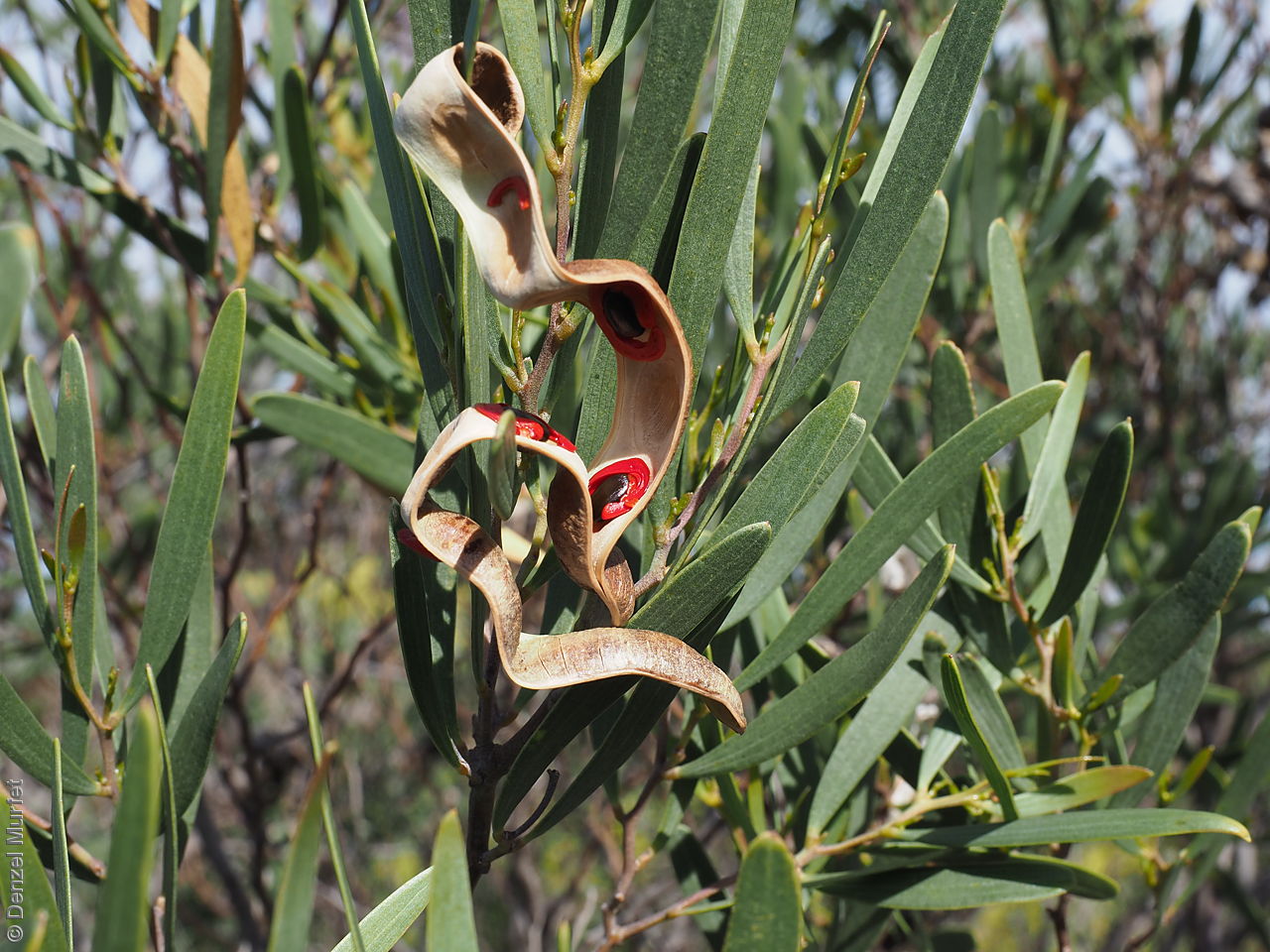
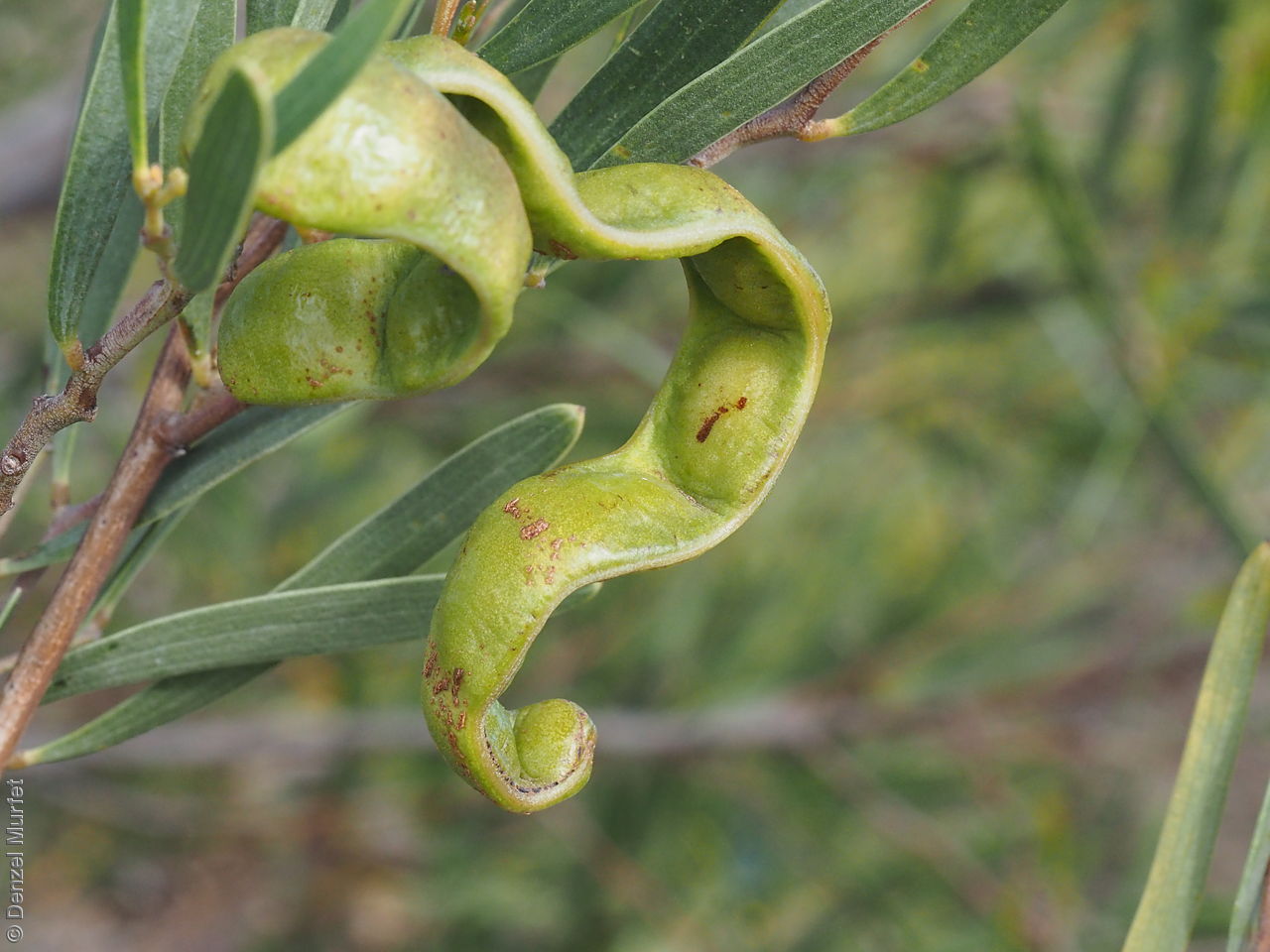
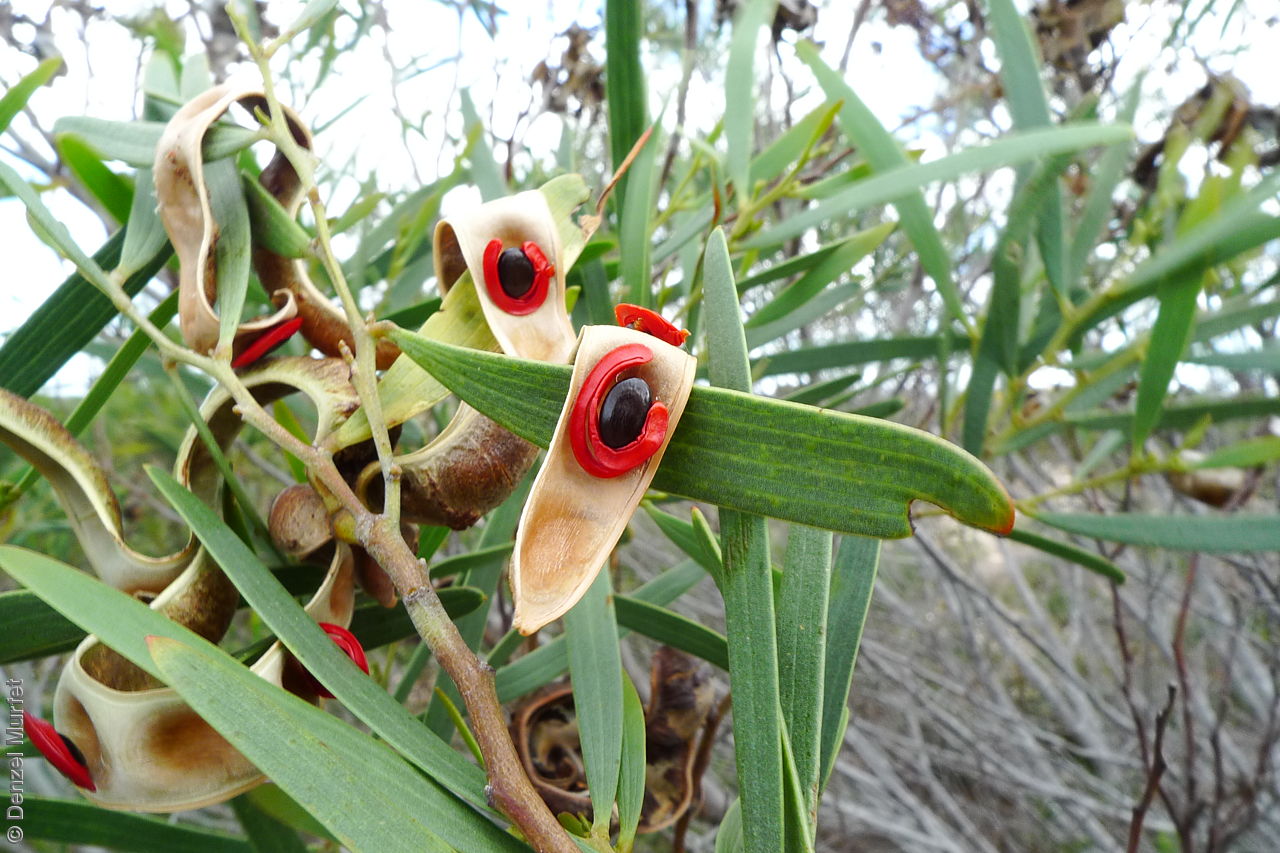

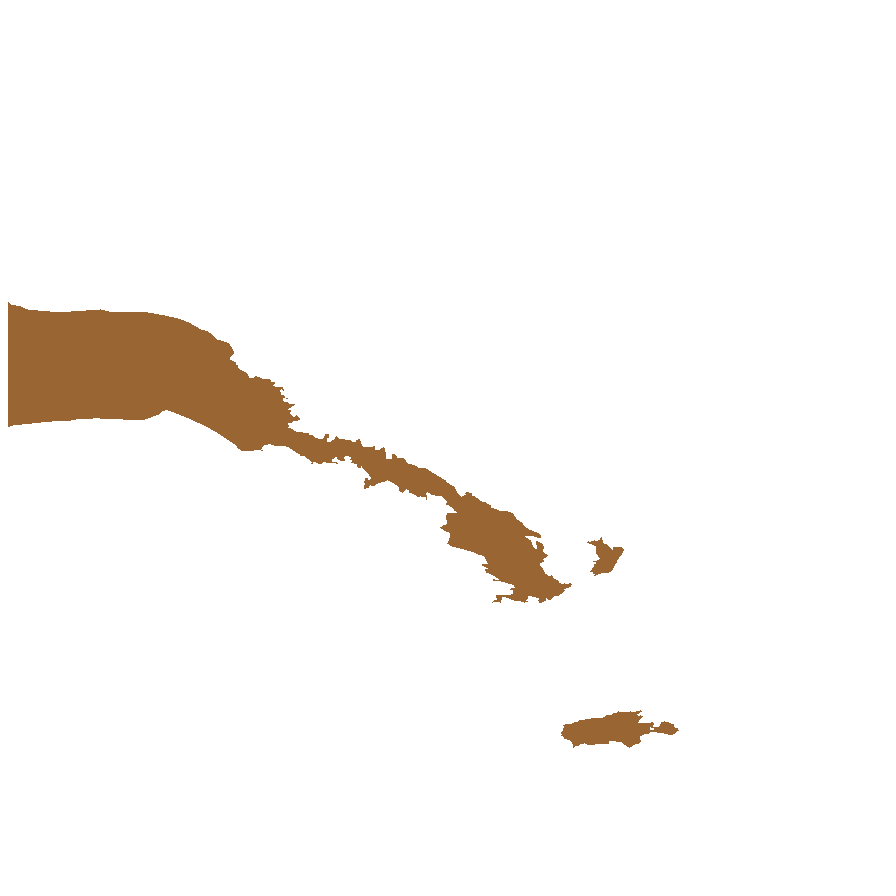
Botanical art
Prior names
Acacia cyclopis, orth.var.
Etymology
Acacia from the Greek 'akakia' and derived from 'ake' or 'akis' meaning a sharp point or thorn and 'akazo' meaning to sharpen. Dioscorides, the Greek physician and botanist used the word in the 1st century AD for the Egyptian thorn tree, Acacia arabica. Cyclops from the Greek 'kuklÅps', meaning round-eyed; referring to the large black seed which is enclosed in bright red aril giving it an eye appearance.
Distribution and status
Found growing naturally along the coast across the Nullarbor and naturalised on Eyre Peninsula, Yorke Peninsula, Kangaroo Island and the Mount Lofty Ranges, growing on calcareous sands, shallow calcareous loam or brown calcareous soils. Also found naturally in Western Australia and naturalised in Victoria and in other parts of the world. Native and introduced. Common in South Australia. Common in the other States.
Herbarium regions: Nullarbor, Flinders Ranges, Eyre Peninsula, Northern Lofty, Yorke Peninsula, Southern Lofty, Kangaroo Island, Green Adelaide
NRM regions: Adelaide and Mount Lofty Ranges, Alinytjara Wilurara, Eyre Peninsula, Kangaroo Island, Northern and Yorke, South Australian Arid Lands
AVH map: SA distribution map (external link)
Plant description
Dense, rounded and spreading shrub to 4 m high, branching just above ground level with foliage almost to the ground. Leaves narrowly oblong to narrowly obovate to 9 cm long and 12 mm wide, straight or curved with 3-5 longitudinal veins, mid-vein often slightly more prominent. Inflorescences are short spike with 2-3 globular, yellow flowers. Flowering between December and March. Fruits are greyish-brown, narrowly-oblong pods to 10 cm long and 12 mm wide, curved finally twisted, marked with a number of transverse splits when mature, with old pods persisting on the bush after the seeds have been shed. Seeds are black, ovoid surrounded by a red or yellowish orange aril. Seed embryo type is investing.
Seed collection and propagation
Collect seeds between March and April. Collect mature pods that are turning brown with hard, dark seeds inside. Place the pods in a tray and leave to dry for 1-2 weeks or until the pods begin to split. Then rub the dried pods to dislodge the seeds. Use a sieve to separate any unwanted material. Store the seeds with a desiccant such as dried silica beads or dry rice, in an air tight container in a cool and dry place. Seed viability is usually high. This species has physical dormancy that needs to be overcome for the seed to germinate (e.g. nicking or softening the seed coat).